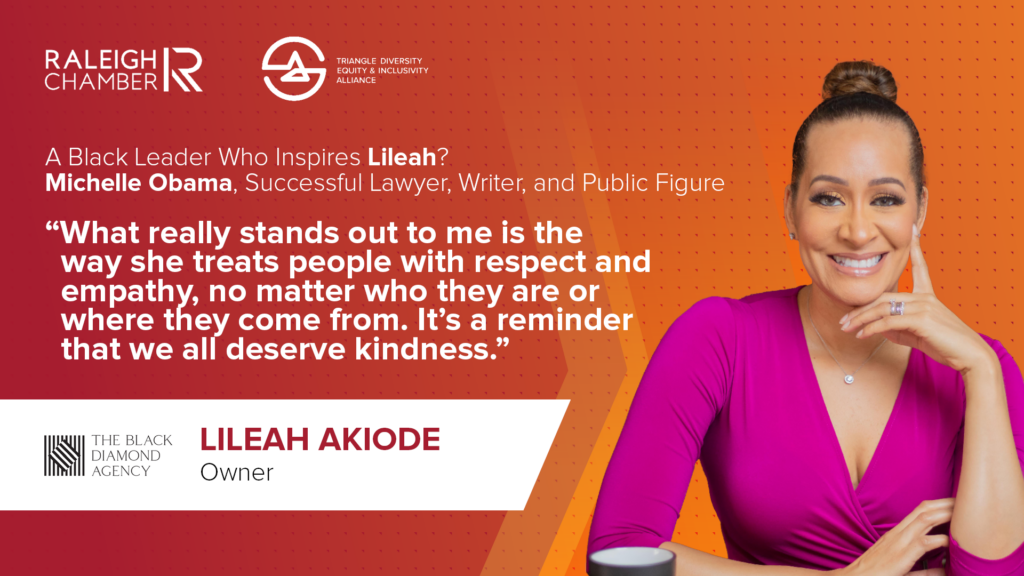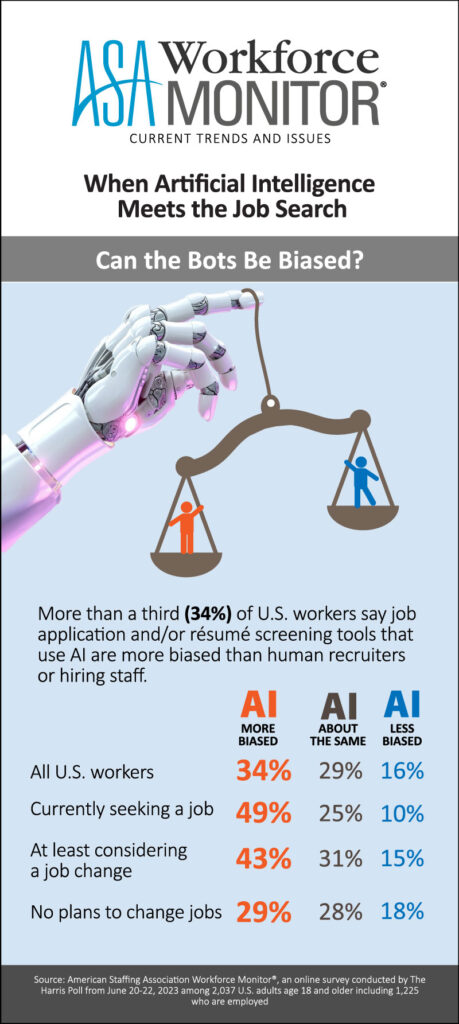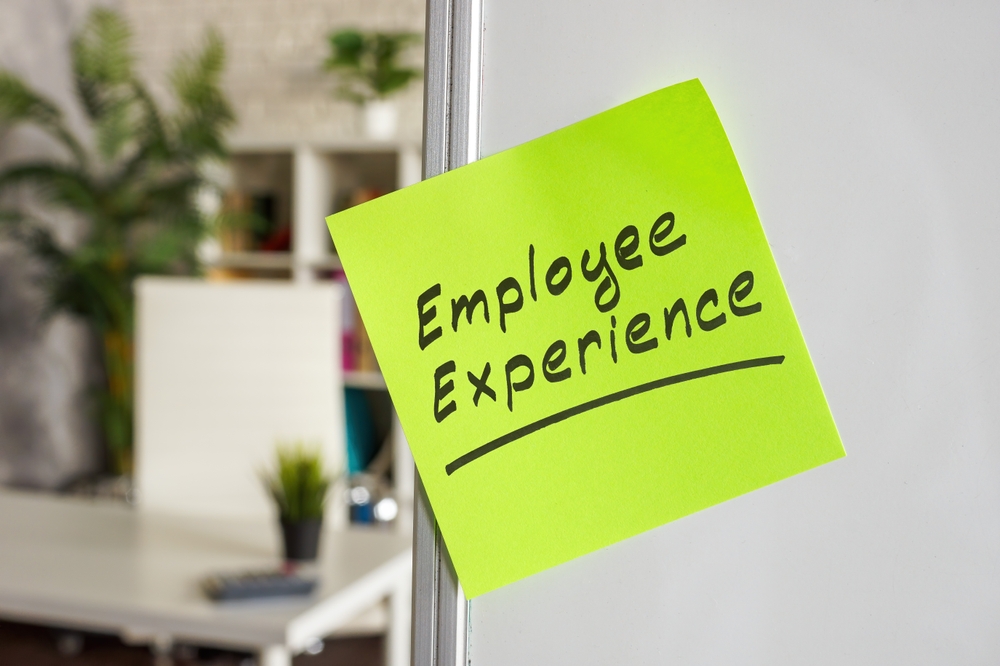Just like a vibrant storefront in the heart of a bustling city, the retail industry is forever evolving, mirroring the rhythm of the world around it. In this dynamic arena, surprises, twists, and turns are the norm – economies fluctuate, organizational structures shift, and gaps in talent emerge like patches of sunlight through the clouds.
Yet, amidst this ever-changing landscape, a beacon of hope emerges – the power of preparation. By nurturing a workforce that thrives on adaptability, businesses can stay poised to tackle the unknown, to face whatever tomorrow might bring with resilience and enthusiasm.
Join us on a journey today as we unravel the art of crafting an agile retail workforce. We’ll delve into why this strategy is not just important, but vital, in the present day. And, of course, we’ll unveil the roadmap to success, ensuring your company is not just a participant in change, but a pioneer of it.
Nurturing an Agile and Adaptable Workforce: The Heart of Progress
Picture an adaptable workforce as a well-choreographed dance troupe, gracefully navigating the twists and turns of a dynamic stage. It’s not just about embracing new ideas; it’s about creating a culture where evolution is celebrated, and change is met with open arms.
In this world of agility, employees embody the spirit of growth. They’re not just team members; they’re champions of adaptability. They’re the ones who see challenges as opportunities and trends as pathways to innovation. With a growth mindset, they don’t just survive change – they thrive in it.
But what makes these agile individuals stand out? It’s their ability to pivot seamlessly, to glide from one work mode to another without missing a beat. Whether it’s the shift to hybrid work environments or the demand for new skills, they’re not just on board – they’re leading the way.
And let’s not mistake this for just another corporate buzzword. In a world where talent scarcity is more common than a crowded store on Black Friday, agility has transformed from a perk to a necessity. Adaptability is the bridge between a company’s present and its prosperous future.
The pandemic? It acted as a powerful catalyst, a wake-up call that reminded businesses how swiftly their reality can shift. As organizations grappled with unforeseen changes, agility took the spotlight. Today, it’s clear: the ability to transform, to reconfigure, and to evolve isn’t just an advantage; it’s a lifeline.
In a world where the only constant is change, those who master adaptability will not just survive the waves of transformation; they’ll ride them to success. And as businesses reshape their strategies to meet the evolving needs of customers and employees, the value of an agile workforce stands more critical than ever.
Unlocking the Power of an Agile and Adaptable Workforce
Imagine your workforce as a tight-knit community of problem solvers, each member with the agility of a dancer, moving harmoniously to tackle challenges and embrace innovation. An adaptable workforce isn’t just about survival; it’s about thriving in the face of uncertainty.
These agile teams? They’re not just employees; they’re transformers. They’re the ones who see a roadblock as a puzzle waiting to be solved. With collaboration as their compass and risk-taking as their engine, they’re always one step ahead. They’re not just adaptable; they’re future leaders in the making.
But there’s more to this tale of agility. Picture an environment where hierarchy takes a back seat, where collaboration flourishes, and problem-solving is the norm. This is the landscape an agile culture paints, a canvas where engagement, creativity, and productivity coexist in harmony.
Countless studies chime in to validate that agile workplaces are more productive, engaged, and creative than their counterparts when facilitating business growth.
With agility as their compass, businesses set sail towards these horizons:
1. Resilience and Competitiveness: In a business world riddled with unpredictability, agile companies are the phoenixes that rise from the ashes. Armed with an adaptable workforce, they dance through market shifts, embracing disruption as an invitation to innovate. In contrast, their competitors falter, bogged down by rigidity.
2. Engagement and Retention: Hierarchy dissolves in an agile environment, replaced by empowered employees who shape their own destinies. This autonomy isn’t just freedom; it’s satisfaction. And engaged employees? They stay. They’re more than workers; they’re believers, driving the wheels of progress.
3. Flexibility as the Anchor: Flexibility is the lifeblood of an agile workforce. Business leaders steer their ships through the seas of change, guided by data, trends, and intuition. They’re not confined by rigid structures; they’re architects of transformation. And sometimes, this flexibility is more than a strategy; it’s a cost-efficient structure.
As industries continue their evolutionary dance, one truth stands clear: in a world of uncertainties, agility is the dance that keeps businesses in rhythm. The agile and adaptable workforce isn’t just a concept; it’s the heartbeat of progress.
The Role of Recruiters in Building an Agile and Adaptable Workforce
Imagine building an orchestra, not just of talented musicians, but of individuals whose notes of adaptability and agility harmonize seamlessly. Creating an agile and adaptable workforce is a symphony where each instrument, each talent, comes together to create a masterpiece of resilience.
In this melody of transformation, recruiters play a key role, much like the conductor who guides the orchestra. They don’t just find talent; they unearth the agile gems, those candidates who can pivot and evolve with the changing rhythm of the organization.
Agile recruiters can help businesses to:
1. Adapt to the changing hiring market: Recruiters are the bridge builders between business leaders’ visions and the reality of talent acquisition. They’re the compass that points to the trends shaping the market, the skills propelling businesses forward, and the candidates who hold the promise of adaptability.
In today’s talent-short realm, recruiters aren’t just facilitators; they’re architects of agility. They decipher the shifting sands of the hiring market, sourcing talent from diverse channels to match the evolving needs of companies.
2. Redefine job descriptions: Picture this: a recruiter working side by side with business leaders, redefining job descriptions beyond the mundane. Soft skills like adaptability and problem-solving become the spotlight, and interview techniques transform into windows that reveal a candidate’s true abilities.
3. Implement an agile culture: Recruiters, with their industry savvy, step into the role of mentors. They guide companies in the dance of upskilling and reskilling, crafting an environment where learning is a constant melody and adaptability is the refrain.
4. Foster diversity and inclusion: In the realm of an agile workforce, diversity takes center stage. Recruiters champion diversity, equity, and inclusion, enriching the ensemble with unique voices and perspectives. They’re the architects of a varied cast, assembling talents from all walks of life.
As the business landscape evolves, remember that behind every agile and adaptable workforce stands a team of recruiters, conducting the rhythm of progress. They’re not just finding candidates; they’re crafting the future, one note of adaptability at a time.
Ideas for Building and Maintaining an Agile and Adaptable Workforce
Working with a retail recruiter can help business leaders and hiring teams source the right candidates for an agile and adaptable workforce. Business leaders and managers should work towards cultivating an environment that champions adaptability and agility, ensuring their teams are poised for success in an ever-changing retail landscape
1. Establish a Culture of Adaptability: Building an adaptable workforce starts with transforming the company culture, focusing on innovation, agility, and creativity. Leaders can set the tone by creating an environment that encourages teams to experiment, explore new problem-solving strategies, and embrace creative approaches to their work. Crucially, an adaptable culture should nurture a growth mindset, where employees see mistakes as learning opportunities rather than setbacks. Truly agile companies view failures as stepping stones to improvement and growth.
2. Build an Agile Organizational Structure: Rigid hierarchies and strict job structures are incompatible with the agility an adaptable workforce requires. For teams to be genuinely agile, they must be empowered to take control of their roles, exhibit autonomy, and collaborate transparently across the organization. An agile environment thrives on cross-functional teams interacting, sharing knowledge, and fostering camaraderie. It grants every employee an equal voice, allowing them to make decisions about their roles, offer feedback, and explore alternative processes when necessary.
3. Create an Agile Work Environment: Agile workforces are fueled by outcomes, not the mere number of hours spent on tasks or adherence to rigid schedules. They prioritize results over time spent. Implementing flexible work arrangements empowers employees with more autonomy over their roles and careers. Embracing diverse needs within the workforce promotes agility. Meanwhile, valuing flexibility, work-life balance, and well-being not only enhances the work environment but also elevates the employer brand. This approach draws top talent and retains valuable employees, fortifying the company’s foundation.
In the orchestration of an agile and adaptable workforce, these strategies compose a symphony of growth, resilience, and success. By fostering a culture of adaptability, embracing an agile organizational structure, and cultivating a flexible work environment, businesses can fine-tune their workforce to navigate the dynamic rhythms of the retail industry with harmonious precision.
Embrace the Era of Agility
In a world defined by its unpredictability, predicting the future remains a daunting task. Yet, armed with an agile and adaptable workforce, companies can stand ready to meet any challenge head-on. Begin your journey towards cultivating such a workforce by enlisting the expertise of a seasoned retail industry recruitment team. Through this collaboration, your company is poised to reap the rewards of agility, resilience, and enduring success. As the sun rises on this new age of agility, your company can confidently stride into the future, whatever it may bring.














